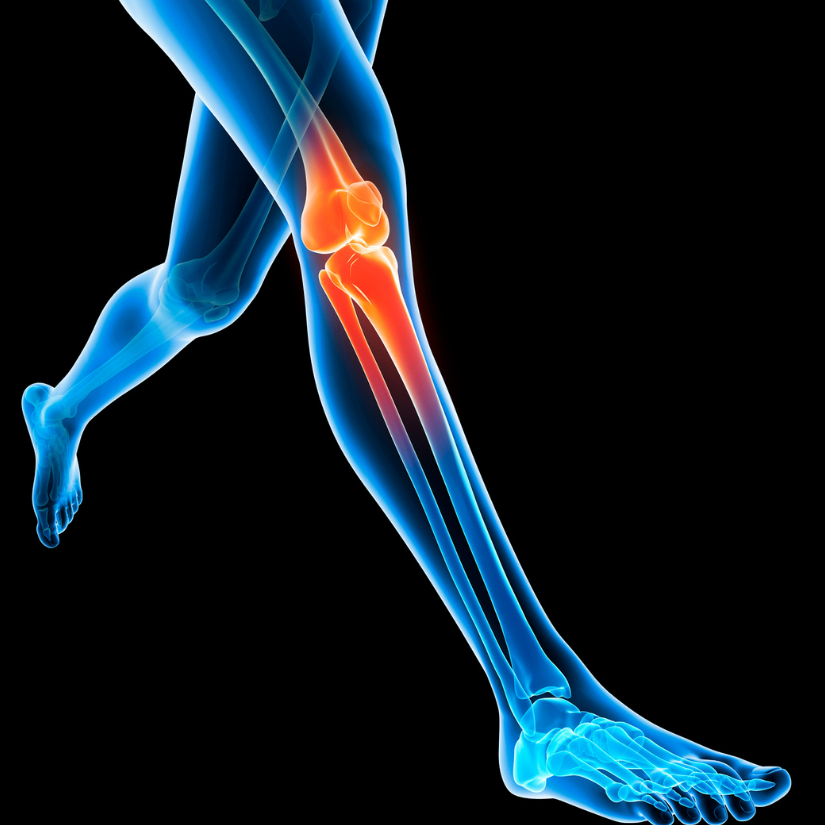Meniscal Root Tears
What Is a Meniscal Root Tear?
Your knee has two menisci—cartilage pads that act like shock absorbers between the thighbone and shinbone. These menisci are anchored to the tibia (shinbone) by their roots. A meniscal root tear occurs when one of these anchoring points becomes damaged, either through trauma or degenerative wear.
Though often underdiagnosed, these tears are serious: they functionally disconnect the meniscus, rendering it unable to protect the joint. This is biomechanically equivalent to having the meniscus completely removed, which dramatically increases stress on the cartilage and accelerates joint degeneration.
Why Does It Matter?
Biomechanically, the meniscal roots help convert and disperse axial load across the knee joint as hoop stresses. This function is critical—about 50–70% of the load in both the medial and lateral compartments is absorbed by the meniscus. When a root tear occurs:
-
These hoop stresses are lost.
-
Contact pressures in the joint spike to supraphysiologic levels.
-
The tibiofemoral contact area shrinks, increasing wear and tear on the cartilage—similar to what’s seen after a total meniscectomy (complete removal of the meniscus).
The Case for Surgical Repair
Strong Evidence, Better Outcomes
Surgical repair of meniscal root tears has consistently shown to provide significantly better long-term results than either partial meniscectomy (removal of part of the meniscus) or non-surgical management:
-
In one study, 35% of patients who had partial meniscectomy required total knee replacement (TKA), while none of the patients who had root repair did.
-
Another study found 52% of meniscectomy patients progressed to TKA within 4.5 years, versus far fewer in the repair group.
-
In contrast, long-term outcomes after repair are excellent:
-
-
96% of patients reported good results.
-
Only 1% required TKA at a 7.1-year follow-up.
-
Just 14% showed any meaningful arthritis progression (≥2 grade worsening on the Kellgren-Lawrence scale) over 6 years.
-
96% of patients reported good results.
These numbers make a powerful case: if the knee is otherwise healthy and the tear is repairable, surgery is not just helpful—it’s protective.
Not All Repairs Are Equal
However, it’s important to understand that surgical repair alone doesn’t guarantee healing. In some cases, the tissue doesn’t fully heal or the meniscus remains extruded (pushed outward), continuing to expose the joint to damage.
To optimize outcomes:
-
The meniscus must be reduced (repositioned) anatomically during surgery.
-
Meniscal extrusion should be corrected, as persistent extrusion is linked to early cartilage degeneration.
-
Surgical technique and fixation strength are crucial to protect the repair during the early healing phase.
Patient Selection and Healing Optimization
Who Is the Ideal Candidate?
Success rates depend not just on the surgery, but also on selecting the right patients and preparing the joint for optimal healing.
Good candidates typically:
-
Are active and under age 65
-
Have limited arthritis (Kellgren-Lawrence grade 0–2)
-
Have good alignment (less than 5° varus or valgus deformity)
-
Have a BMI <30
Factors Leading to Poor Outcomes
Patients with the following traits face higher risk of complications or repair failure:
-
BMI >35: Associated with a 25% reoperation rate, and 75% developed osteoarthritis vs. 29% in normal-weight peers
-
Severe cartilage damage or subchondral bone collapse
-
Advanced arthritis
-
Untreated knee malalignment
Dr. Jazayeri’s Comprehensive Approach
Dr. Jazayeri is not only focused on the mechanical aspect of the surgery, but also on creating the best biological environment for healing. His patient-specific approach includes:
-
Advanced Fixation Techniques: Using minimally invasive but biomechanically superior constructs (like the transtibial pull-out technique and cinch sutures) to ensure durable repair.
-
Metabolic and Nutritional Optimization: Assessing each patient’s bone health, hormonal balance, and nutritional status—factors often overlooked but critical to healing.
-
Biologic Augmentation: When appropriate, he incorporates Platelet-Rich Plasma (PRP) or Bone Marrow Aspirate Concentrate (BMAC) to enhance the healing response at the repair site.
Every case is carefully evaluated and discussed with the patient in a shared decision-making model, ensuring the plan aligns with both medical needs and personal goals.
What to Expect After Surgery
Postoperative healing requires commitment and protection:
-
First 6 Weeks: Limited weight-bearing (toe-touch only), restricted knee motion (0–90° flexion).
-
6–12 Weeks: Gradual return to full weight-bearing and range of motion.
-
3–6 Months: Strengthening and gradual return to activities.
-
Full return to sports or high-impact activities may take 4–6 months, depending on progress.
The Cost-Effectiveness Argument
A recent cost model–based meta-analysis showed the long-term economic value of root repair:
Knee osteoarthritis rates at 10 years:
-
-
53.0% for repair
-
99.3% for meniscectomy
-
95.1% for conservative treatment
-
53.0% for repair
TKA (total knee replacement) rates:
-
-
33.5% for repair
-
51.5% for meniscectomy
-
45.5% for conservative treatment
-
33.5% for repair
Conclusion: Meniscal root repair isn’t just clinically effective—it’s also economically smart, preserving quality of life and reducing the need for future surgeries.
In Summary
In Summary, Meniscal root tears are often underrecognized but carry significant consequences if left untreated. When appropriate, surgical repair provides the best opportunity to restore knee biomechanics, protect joint cartilage, and prevent early osteoarthritis or the need for joint replacement. However, not all repairs are equal—successful outcomes depend on proper patient selection, surgical technique, and biological factors that support healing.
Dr. Jazayeri’s approach reflects the growing understanding that effective treatment requires more than mechanical fixation. By integrating advanced arthroscopic techniques with attention to metabolic health and considering biologic augmentation when indicated, each patient receives a tailored strategy aimed at optimizing healing and long-term function.
Patients experiencing persistent knee pain, particularly those with risk factors for meniscal root injury, are encouraged to seek a thorough evaluation and explore the most up-to-date, evidence-based options for joint preservation.

patient resource
KNEE ARTHROSCOPY POST OPERATIVE PATIENT INSTRUCTIONS CLICK HERE
What to expect with your knee arthroscopy surgery.

evaluation
What Happens Next?
Dr. Jazayeri will evaluate your MRI, knee exam, and overall health to determine the most appropriate treatment. During surgery, the decision to repair or remove part of the meniscus is made based on the appearance and health of the tissue.
Key Takeaway:
- Meniscus Repair is preferred whenever possible and offers long-term protection of the joint, but it requires a longer recovery.
- Partial Meniscectomy provides faster recovery for non-repairable tears but may carry long-term joint health trade-offs.

Contact us
If you have questions or concerns, please don’t hesitate to ask Dr. Jazayeri or the care team: (855) 892-0919
Our goal is to relieve your pain, restore knee function, and help you return to the activities you love, safely and successfully.
